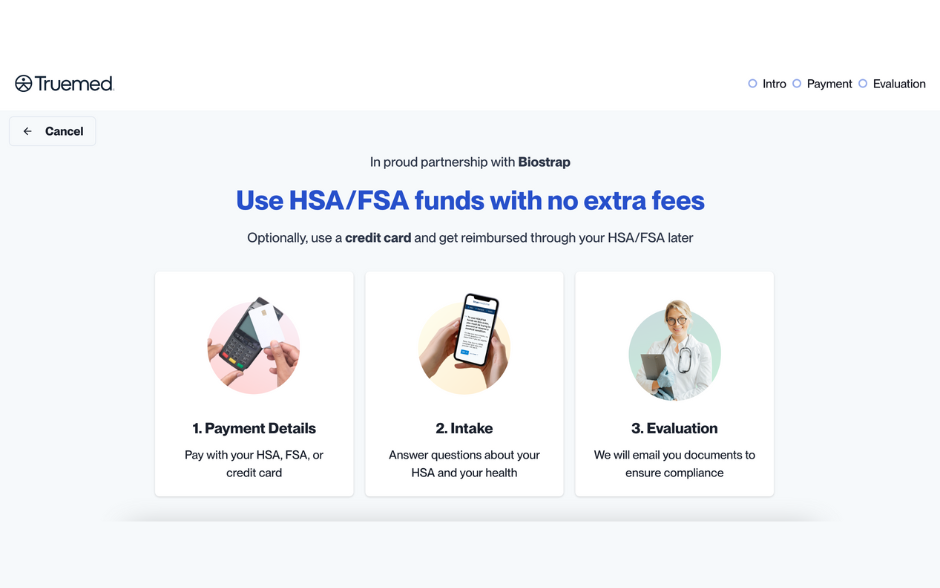Elite athletes use Heart Rate Variability (HRV), resting heart rate and other metrics to manage their training regimens and recovery time. Intense training stresses the muscles, hormones, heart and lungs. By tracking these biometrics, athletes optimize their mix of recovery time and training. They train smarter, not just harder. Exercise is a form of physical stress. Mental and emotional stress also affect your body.
Both mental and physical stress may disrupt homeostasis. This can lead to metabolism issues, insomnia, heart problems, hormonal imbalances, and chronic illness. Stress management and stress reduction improve both quality and quantity of life. You can use HRV and other key biometrics to track the success of your stress management program and to plan for “recovery” just like an elite athlete.
Before we discuss applications, it helps if you understand what these biometrics measure and how stress may alter these readings in the short and long term.
How Stress Affects Your Heart and Your Oxygen Levels
Heart Rate and Stress
Most health-conscious people recognize that stress impacts well-known metrics like heart rate and blood pressure. Have you ever found that your pulse and blood pressure were higher than normal at the dentist’s office? If so, you experienced this phenomenon.
Resting heart rate measures how fast your heart beats while you rest. Many people take a resting heart rate in the morning as a quick barometer to their cardiovascular health. Your heart rate varies day to day, and moment to moment. The following factors may alter day-to-day resting heart rate:
- Caffeine consumption
- The previous day’s workout
- Quality of sleep
- Hydration levels
- Hormone cycle fluctuations
- A large meal or alcohol the night before
- Stress levels
If you consistently follow a well-designed training plan you may find that your average resting heart rate decreases along with improvements in your physical fitness.
However, as a measure resting heart rate is limited. Due to genetics, some people just have faster resting heart rates than other people. Some hormone imbalances like low thyroid levels may decrease your average resting heart rate. Due to these reasons, you may benefit even more from tracking more sophisticated data points.
SPO2 and Stress
SpO2 stands for peripheral capillary oxygen saturation. It estimates how saturated your blood is with oxygen. A healthy, fit person usually sees a SpO2 between 95% – 100%. Illness, altitude, heart disease, smoke inhalation all affect SpO2.
Your SpO2 measure may not vary quite as much as your resting heart rate and HRV, but a sudden drop often indicates stress to your body. Traditionally athletes who train in higher elevations track SPO2 to help ensure they are getting enough oxygen. With the right device this is an easy metric to track along with resting pulse.
HRV and Stress
HRV measures time between your heart beats. When you are at an optimal state of rest and wellness, your heart is ready to respond to life’s demands. The space between heartbeats varies a little depending on your needs. When your system is “stressed,” your resting heart rate may appear the same, but there may be less variation between the heartbeats.
Tracking HRV informs you of subtle changes. For example, people sometimes find their HRV decreases a couple days before they notice cold or flu symptoms.
Factors that influence HRV include:
- Quantity and quality of sleep
- The previous day’s workout
- Caffeine or alcohol consumption
- Emotional and mental stress
- Nutritional habits
- Hormonal fluctuations
- Illness or injury
To learn more about these metrics, download our free white paper “The Definitive Guide To A Healthy Heart.” In the meantime, the following tips and techniques help you manage your stress.
Five Techniques To Use Biometrics in Your Stress Management Program
Take Baseline Readings
Take regular, ideally daily, readings since many factors affect biomarkers like HRV and resting heart rate. Try to take the measurements at a consistent time under similar conditions. For example, you may take your baseline reading shortly after you wake up, before you eat or drink anything, and while relaxing. A higher HRV reflects a more optimal state than a lower HRV reading. A lower resting heart rate or pulse also reflects a more relaxed state.
If you notice your HRV and SPO2 trending upwards, this is a sign that your wellness and stress management efforts are working. If your resting heart rate and blood pressure trend downward, this is also a sign of success.
Look at the Big Picture
Have you ever heard the phrase “fighting fit”? In general, maintaining a high fitness level prepares your body to better deal with stress. However, the combination of acute emotional stress *and* physical stress from a vigorous workout may weaken your body and mind. Factor your stress levels with your workouts. Take it easy if you are dealing with major stress like a family emergency or a big deadline.
Light-to-moderate exercise like walking, yoga, dancing, or recreational sports may give you an outlet to recover from stress. Alternately, in some cases you may actually benefit more from a power nap or practicing relaxation techniques than a workout if your stress levels are very high.
Consider Yoga, Tai Chi, or Meditation
Since deep breathing and relaxation temporarily elevate HRV (and lower pulse) these markers may also help guide your practice. Emerging research indicates mindful practices like yoga and tai chi may increase HRV, SPO2 and decrease blood pressure and resting pulse. Some tech-friendly yogis even take an HRV reading during relaxation post at the end of their practice.
Reduce or Manage Your Life Stress
Athletes don’t want to overtrain as they prepare for either a marathon or a sprinting race. The same applies to you while working on big projects, moving, or experiencing another major life change. If possible, simplify your life. Learn to say no and avoid taking on too much.
Take Care of Yourself
Generally when you take good care of yourself, your HRV, SPO2, and resting heart rate tend to improve. Even better, your body and mind are ready to face life’s challenges. The following healthy choices may improve your HRV in both the short and long term:
- Get enough sleep
- Eat a healthy, balanced diet
- Drink enough fluids
- Enjoy moderate activity most days and improve or maintain your physical fitness
- Avoid smoking
- Spend a few minutes relaxing each day whether you prefer to meditate, pray, do yoga, or practice breathing exercises.
Take control of your stress levels and your fitness. You can customize your lifestyle and measure results by tracking key metrics like HRV, SPO2, and resting heart rate. In the past, only elite athletes had this opportunity, but now these tools are available to you. Thanks to fitness wearables like Biostrap you can easily take these metrics at home.
Sources and Resources:
- Tracking Heart Rate Variability To Help Manage Client Stress, National Academy of Sports Medicine (NASM)
- Yoga and heart rate variability: A comprehensive review of the literature by Anupama Tyagi and Marc Cohen, International Journal of Yoga
- The Definitive Guide To A Healthy Heart, Biostrap



